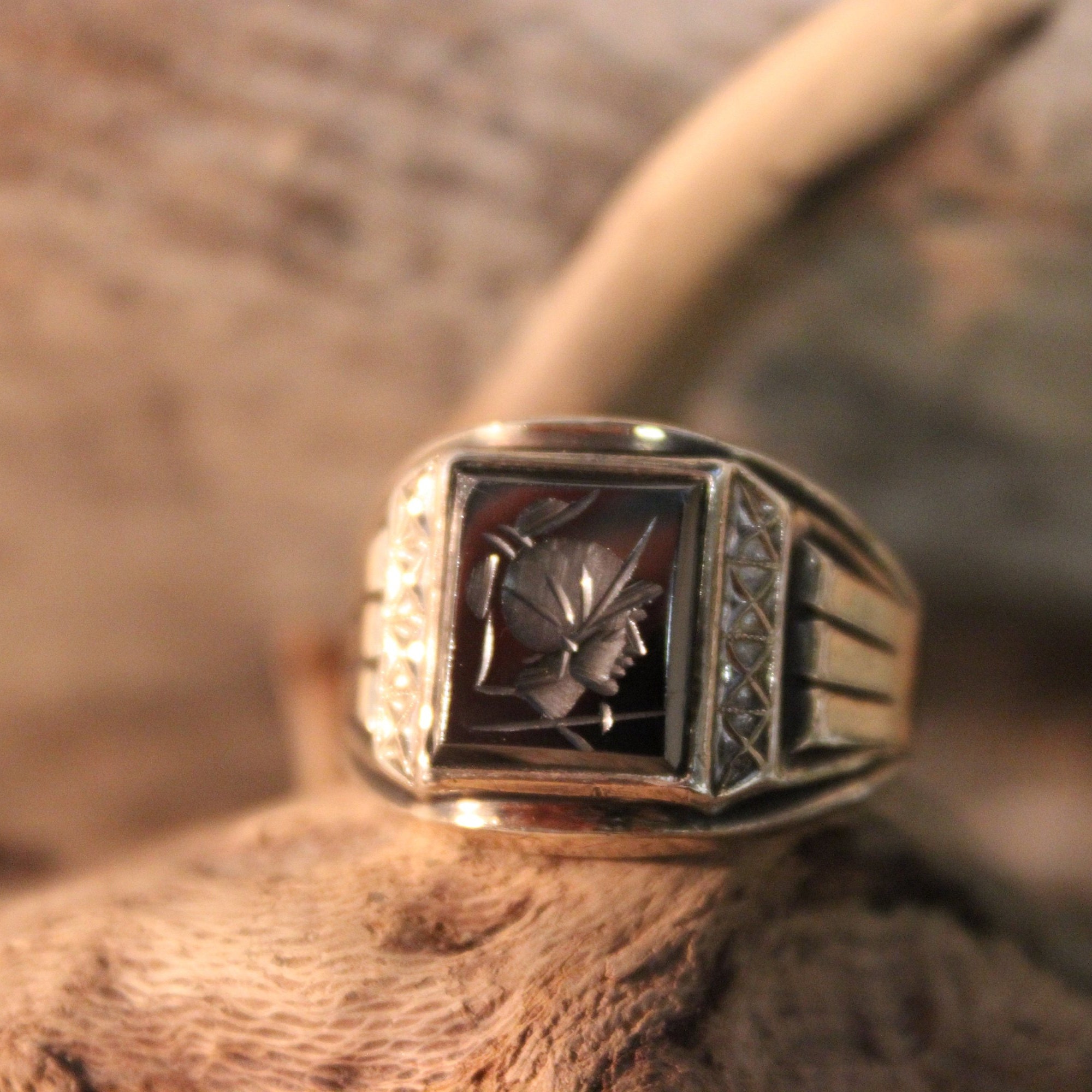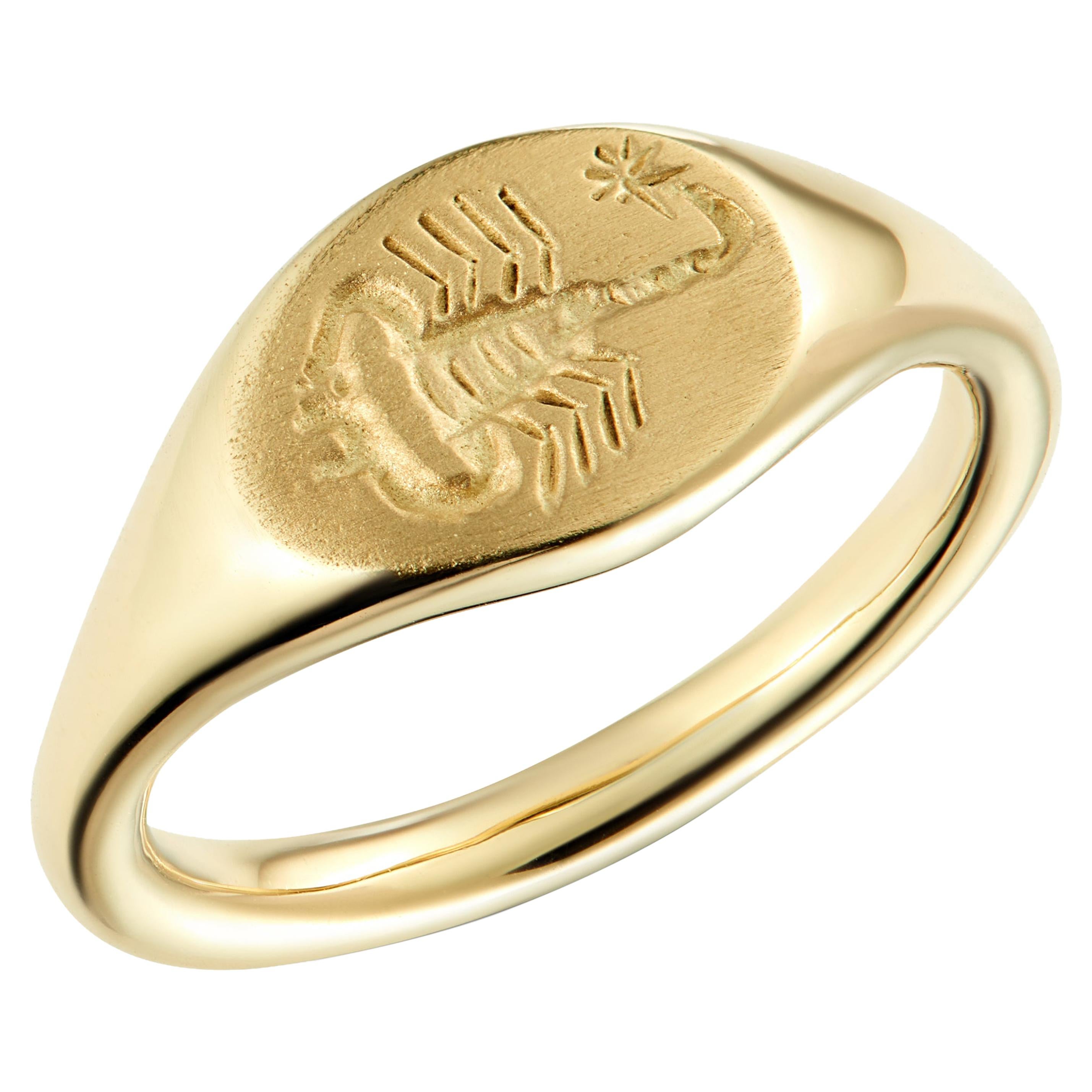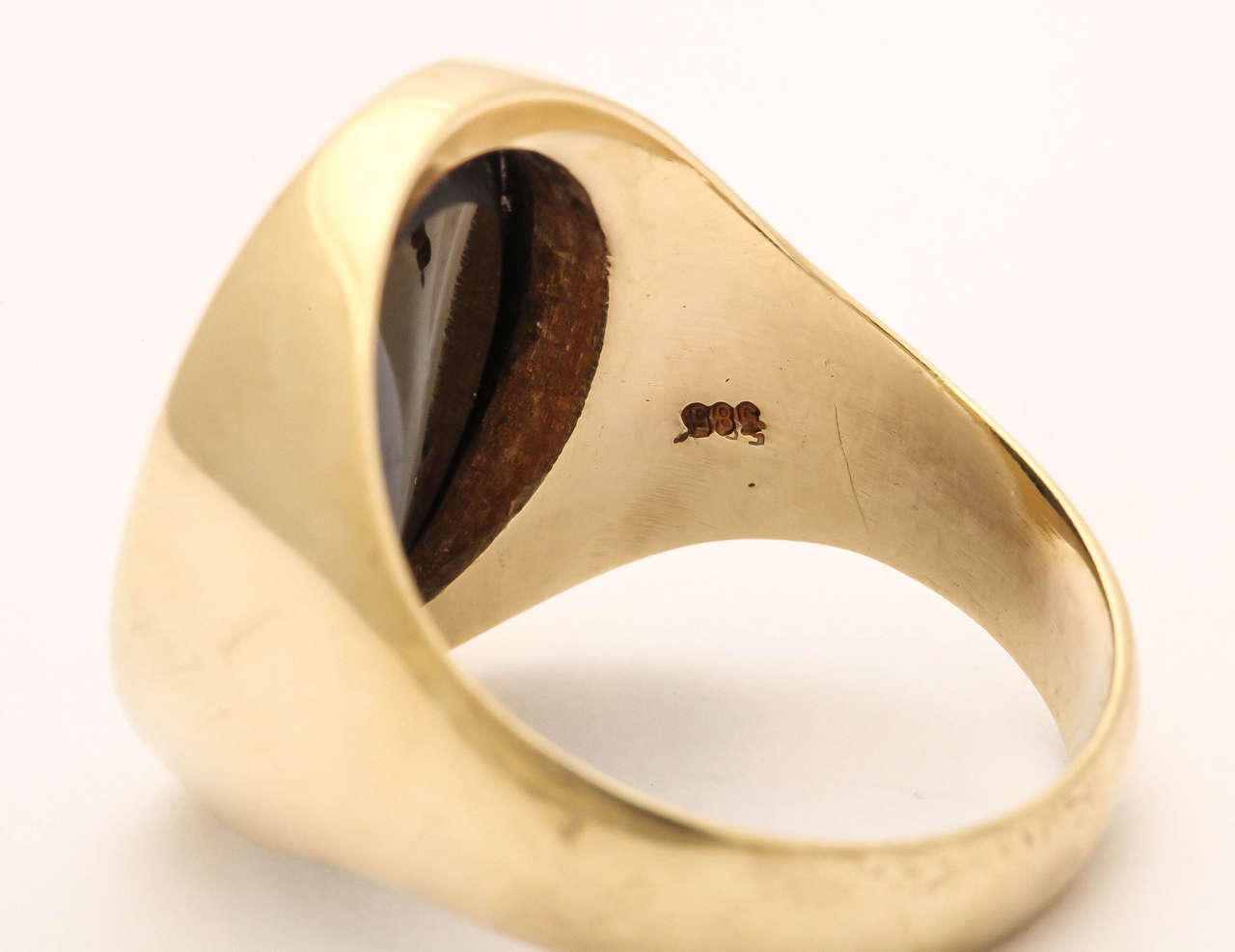

The skills that had been lost for centuries were consequently studied and re-learned due to this renewed interest and the art was revived.ĭuring the Neo-classical revival of the 18th century, connoisseurs avidly collected engraved gems of the ancient periods, along with copies by the most skilled engravers of the time. These discoveries, which coincided with contemporary admiration for classical culture, inspired the emergence of a new school of gem engravers. A revival of the art of gem engraving began in 15th century Italy, where so many gems were being unearthed from Roman sites. The highly specialised art of gem engraving was slowly lost during the later centuries of the Roman Empire, however there were major revivals of interest in engraved gems in Europe during the Byzantine era, the Middle Ages, the Renaissance, and again in the 18th and 19th centuries. It largely consists of the mineral corundum, mixed with other minerals such as spinel and also rutile. Emery has been mined for this purpose on the Greek island of Naxos for well over two thousand years until recent times. These gemstones were cut by using abrasive powder from harder materials.

The materials used for Roman intaglios differed little from the earlier Hellenistic period, with a great variety of coloured translucent stones coming from the East and Egypt including garnets, carnelian and amethyst. This was of utmost importance in Roman society as a seal stone often mounted in a ring was used only by its owner to validate serious legal documents. A finely carved seal was practical, as it made forgery more difficult. Techniques were passed down to the Romans, and the use of drills and wheel technology soon enabled the processing of harder gemstones and facilitated the production of more demanding images. The new techniques were those required to work the harder stones, mainly the use of a cutting wheel and drill, probably driven by a bow, where before figures had been cut or gouged free-hand in the soft stone. The classical history of gem-engraving in Europe is known to begin in the second quarter of the sixth century BC, as this is when new materials and techniques became available to the Greek artist. Therefore the engraved gemstone must have been a valued and treasured possession belonging to someone of immense importance and wealth. These materials would have been immensely difficult to carve and engrave in such detail with the tools and materials available at the time. Therefore new technologies were required to carve harder, more durable materials.Įven right back at this time gemstones were prized above all other possessions and this led to a high perfection in the art of gem-cutting. Due to the soft nature of the material a precise, detailed image could not be produced on such a small scale. Seals were used in the Ancient Near East from about 3400BC for over three thousand years, however initially only relatively soft stones were used. The origin of the engraved signet-stone can be traced right back to the Sumerian period in Mesopotamia.

From as far back as 5000BC right up to the 19th century such objects were among the most highly prized in a wide variety of cultures. The engraving of gemstones was a major luxury art form in the ancient world, and has been revered throughout history.


 0 kommentar(er)
0 kommentar(er)
